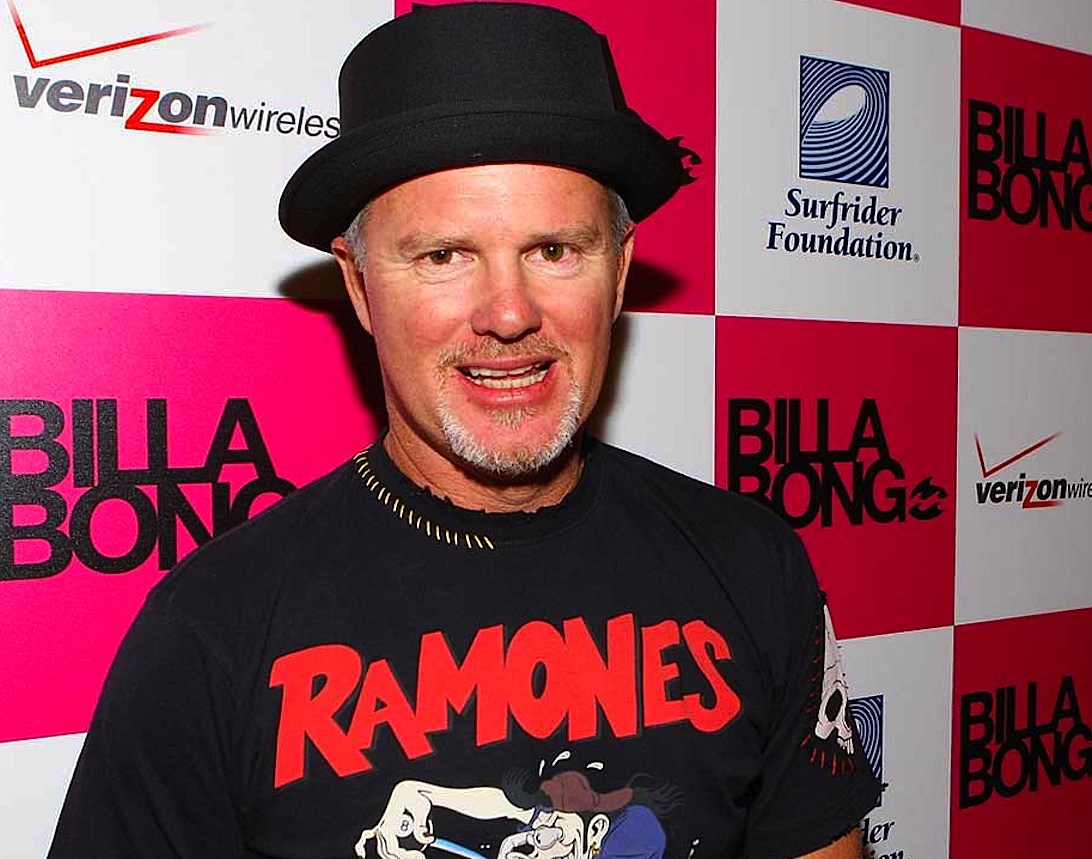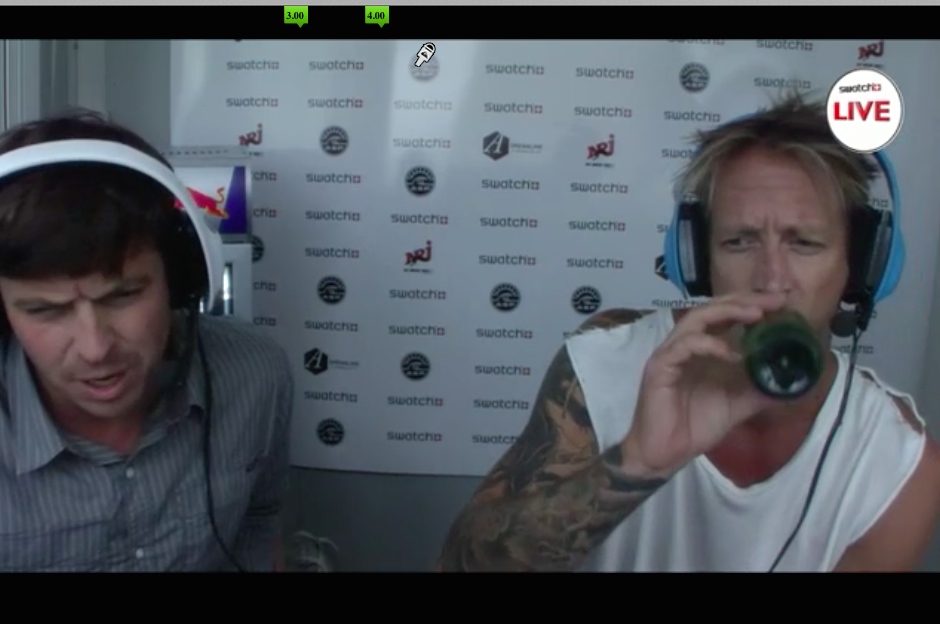The 17 philosophical tenets of the star of Cluster and Slow Dance…
In the event of a philosophical slam among surfers, there’s no intellectual parapet I’d like to hide behind more than Craig Anderson. Wise beyond years (27 this year) and anything but obstinate. Port Elizabeth (South Africa) born, Newcastle (Australia) raised. A man of the world, a pacifist, a man immune to any provocation.
Here, Craig expands upon the central topics of: surfing, women, drugs, booze, friendship, fame, politics and more…
Surfing… is about having fun. Looking back to when I was a grom, it was all about having fun but also wanting to be a professional surfer. Now that that’s happened, it’s just all about having fun.
Women… I think of in the context of the bigger picture. I look at my mum and dad and just hope I can find a wife that’s as cool as my mum. I’m not really out there to play the game.
Fame… is pretty fucked. I’ve seen a little bit of it just hanging out with Jordy. Even with (Matt) Hoy, the other day we were standing there and this guy Hoy’d never met came up and started talking to him. He ended up bringing out his boards and showing them to Hoy, just chewing Hoy’s ear off for half an hour. Famous dudes would get that all the time.
Friendship… is everything. Having good friends and friendships you’ll remember forever is what makes life, life.
Politics… don’t thrill me, that’s for sure. I wish I was the smarter guy that read the paper everyday and gave a shit about all that stuff, but I just don’t really care.
Religion… is super important to me. I grew up in a Christian family and I still have those beliefs. Now I’m older I don’t really practice them as much as I should, but I still have those beliefs and morals. It just gets a bit tough, especially coming from a Christian family and getting flung into the surf scene which is pretty much sex, drugs and rock n’ roll. I still make an effort everyday to make the right decisions and be a good person.
Alcohol… is bad. Lately, I’ve been drinking a fair bit. It’s not good for you. I’ve had a lot of fun drinking alcohol, but it’s like a drug. It’s definitely addictive. You can’t go out, not drink and then have the same amount of fun. The more I drink, the dumber I feel. I wish I could just read a book and get the same pleasure out of it.
Drugs… are really fucking dumb. There’s not one good thing about them.
Style… just happens. I don’t wake up every morning and think about what to wear or go out and surf and think about it.
Training… is good for keeping fit, but just surfing’s enough for what I do. I’d love to spend time at the gym, doing push-ups or whatever people do, but I don’t really have time.
Sponsors… make surfing what it is. The companies behind it make it all possible. It’s got me to where I’m now, which I’m grateful for. There’s always someone who’s got something nasty to say about the brands, but they make it all happen, it’s surfing. I’m grateful for them. They make the surfing world go ’round.
The Internet… keeps the world spinning. I’m on it a fair bit, whether I’m trying to get ideas or inspiration or whatever. Everyone around the world can jump on it and see the same thing. Y’can call that the ultimate tool of the egalitarian.
Surfboards… should be whatever you have fun on. A year or two ago everyone was riding the same sort of boards, but then Dane and Kelly started going shorter and wider. Rob Machado and Rasta have always ridden weird boards too and I only realised when I jumped on one just how different it was. I just rode the wave and kicked out, but I realised how much more challenging and fun it was. It makes you appreciate surfing.
Controversy… ain’t my scene. Whether it’s fighting or this person saying that or whatever, I’d rather not be a part of it. I just do my thing. But you kinda need it there to make life interesting. If there was a world without controversy, it’d be a pretty boring place. So you need it, but I’ll stay clear.
Travel… helped me grow as a person. If I look at myself now compared to how I was back before I’d traveled, it definitely helped. Sometimes I wish I could go camp out, experience a place and not have to worry about stuff. Every trip I do, I do the same thing: fly in, surf five times a day and try to get clips or photos, then fly out. I’d love to just fly into a place and really learn about it and hang out. I can’t even remember half of the trips I do.
Hawaii… is tradition. It’s an amazing place, but it can be bit of a show. Maybe in 50 years it’ll be different, but that’s where it all started. It’s part of surfing.
Home… is where I feel the most comfortable. It’s where my family is. It’s where I feel the most relaxed.






